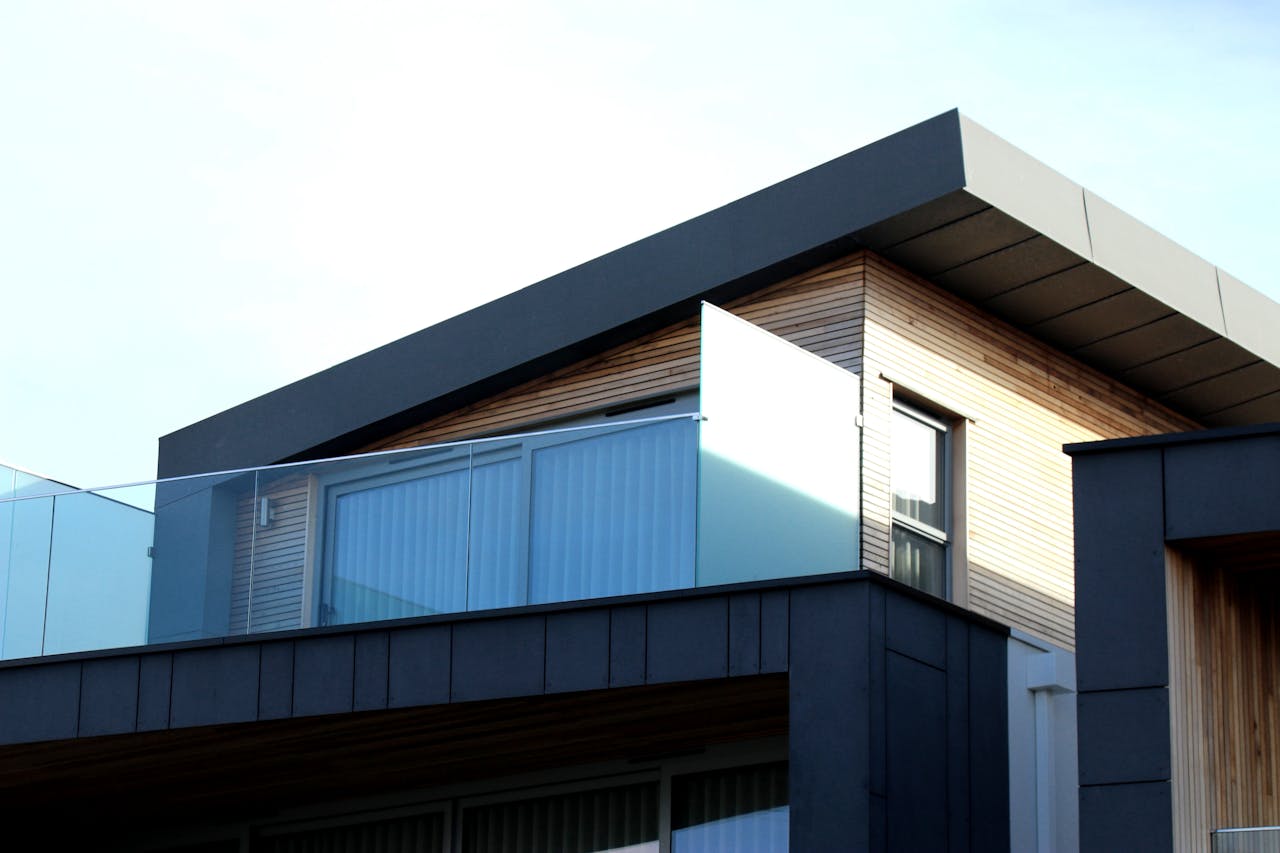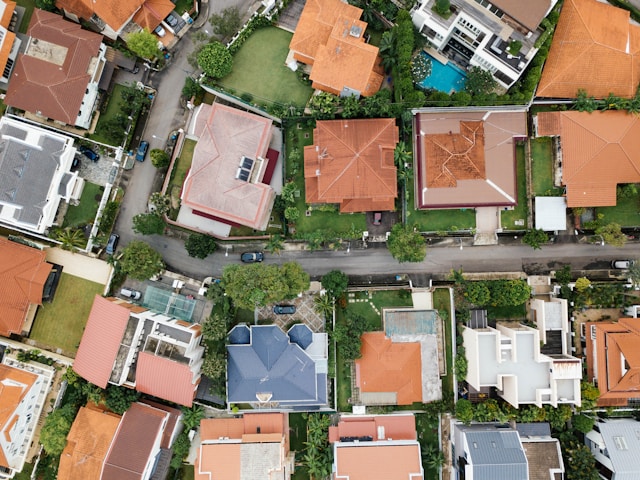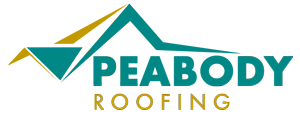
10 Roof Maintenance Tips: Roofing Contractor’s Advice to Homeowners in Peabody, MA
Maintaining a healthy roof is crucial for every homeowner in Peabody, MA. Your roof acts as the first line of defense against the elements, protecting your family and belongings. Regular maintenance with a roofing contractor not only extends the lifespan of your roof but also helps you avoid costly repairs down the road.
In this blog, we will share ten essential roof maintenance tips recommended by professional roofing contractors in Peabody, MA. By following these tips, you can ensure the longevity and durability of your roof.
Tip 1: Inspect Your Roof Regularly
For a reliable roofing contractor, regular inspections are key to identifying potential issues before they become major problems. Grab a pair of binoculars and carefully examine your roof from the ground. Look for signs of missing or damaged shingles, cracked caulking, or sagging areas.
Additionally, inspect your attic for any signs of water intrusion, such as stains or mold growth. We recommend conducting roof inspections at least twice a year, ideally in the spring and fall, and after severe weather events.
What Happens If You Don’t Follow This Tip?
For a roofing contractor, regular roof inspections are essential to identify potential issues early on and prevent costly damage and repairs. Here are some consequences homeowners may face if they neglect to follow this tip:
- Undetected Roof Leaks: Without regular inspections by a professional roofing contractor in Peabody, MA, homeowners may not notice small leaks, leading to water damage, mold growth, and structural issues.
- Shingle Deterioration: Lack of inspections by a roofing contractor can result in unnoticed shingle damage, such as cracks or curling, leading to reduced roof lifespan and the need for premature replacement.
- Structural Damage: Over time, hidden roof issues, like rot or sagging, can compromise the structural integrity of the entire home, posing safety risks and requiring extensive repairs.
- Increased Repair Costs: Delayed detection of roof problems can lead to more extensive damage, resulting in higher repair costs that could have been minimized with timely inspections.
- Energy Inefficiency: Unaddressed issues, such as poor insulation or damaged ventilation, can impact energy efficiency, causing higher utility bills and discomfort in the home.

Tip 2: Keep Your Roof Clean
For a roofing contractor, a clean roof not only enhances your home’s curb appeal but also helps prevent damage. Debris, such as leaves, branches, and dirt, can accumulate on your roof and trap moisture, leading to rot and deterioration.
Regularly remove debris using a soft-bristle broom or a leaf blower. Be cautious not to use high-pressure water or harsh chemicals, as they can damage the shingles. Cleaning your roof at least once a year is advisable.
What Happens If You Don’t Follow This Tip?
Regularly cleaning your roof is essential to prevent damage and maintain its integrity. Here are some potential consequences homeowners may face if they neglect to follow this tip:
- Accumulation of Debris: Failure to clean the roof by a roofing contractor can lead to a build-up of leaves, branches, and dirt, which traps moisture and accelerates the deterioration of roofing materials.
- Water Damage: Clogged gutters and downspouts due to debris can cause water to back up and seep into the roof, leading to leaks and water damage inside the home.
- Increased Risk of Roof Rot: The presence of debris on the roof provides a suitable environment for the growth of moss, algae, and fungi, which can cause rot and compromise the roof’s structural integrity.
- Roof Discoloration: Algae and moss growth can result in unsightly stains and discoloration on the roof, diminishing its aesthetic appeal and curb appeal.
- Pest Infestations: Debris on the roof can attract pests like birds, squirrels, or insects, leading to nesting and potential damage to the roofing materials.
Tip 3: Maintain Proper Drainage
Proper drainage is vital for a healthy roof according to most roofing contractors. Clogged gutters and downspouts can cause water to back up, leading to water damage and roof leaks. Clear your gutters and downspouts of leaves, twigs, and other debris regularly.
Consider installing gutter guards or screens to prevent clogging and minimize maintenance. Ensure that downspouts direct water away from your home’s foundation to prevent water damage.
What Happens If You Don’t Follow This Tip?
For a reputable roofing contractor, maintaining proper drainage around your roof is crucial for its longevity and performance. Here are some potential consequences homeowners may face if they neglect to follow this tip:
- Water Damage: Poor drainage can lead to water pooling on the roof, which can seep into the underlying materials, causing leaks, water damage, and structural issues.
- Roof Leaks: Clogged gutters and downspouts can cause water to overflow, leading to roof leaks and potential damage to the interior of the home.
- Foundation Problems: Improper drainage can result in water pooling around the foundation, increasing the risk of foundation cracks, basement flooding, and structural instability.
- Erosion of Landscaping: If water is not properly directed away from the roof, it can erode the soil around the foundation and damage landscaping features.
- Mold and Mildew Growth: Excess moisture caused by poor drainage can create a conducive environment for mold and mildew growth, posing health risks and requiring costly remediation.

Tip 4: Trim Overhanging Trees
According to most roofing contractors, overhanging tree branches can pose a threat to your roof’s integrity. During storms or strong winds, branches can break off and damage shingles or even puncture the roof.
Trim back any overhanging branches to a safe distance from your roof. If the task seems challenging, it’s best to hire professional tree trimmers experienced in working near roofs. They can safely remove branches without causing damage.
What Happens If You Don’t Follow This Tip?
Trimming overhanging trees near your roof is essential for preventing potential damage and preserving the integrity of your roof. Here are some potential consequences homeowners may face if they neglect to follow this tip:
- Roof Damage: Overhanging tree branches can scrape against the roof during wind or storms, causing damage to shingles, tiles, or other roofing materials.
- Shingle Wear and Tear: Constant contact between tree branches and the roof can result in accelerated shingle deterioration, reducing their lifespan and requiring premature replacements.
- Clogged Gutters: Falling leaves, twigs, and other debris from overhanging trees can accumulate in gutters, leading to clogs and improper drainage, which can cause water damage and leaks.
- Moss and Algae Growth: Tree shade can create a damp environment on the roof, promoting the growth of moss, algae, and fungi, which can compromise the roof’s integrity.
- Pest Access: Overhanging branches provide easy access for pests, such as squirrels, raccoons, or rodents, to climb onto the oof and potentially damage roofing materials or create entry points into the home.
Tip 5: Repair Roof Leaks Promptly
Roof leaks can lead to significant damage if not addressed promptly by a roofing contractor. Common causes of leaks include damaged shingles, cracked flashing, or deteriorated seals around vents and chimneys.
If you notice any signs of a leak, such as water stains on the ceiling or wet spots in your attic, contact a roofing contractor immediately. Temporary fixes like tarps or sealants may provide temporary relief, but professional repairs are essential for a long-term solution.
What Happens If You Don’t Follow This Tip?
Addressing roof leaks promptly is crucial to prevent further damage and maintain the integrity of your roof. Here are some potential consequences homeowners may face if they neglect to follow this tip:
- Water Damage: Untreated roof leaks by a roofing contractor can lead to water infiltration, causing damage to the ceiling, walls, insulation, and other structural components of the home.
- Mold and Mildew Growth: Moisture from roof leaks creates an ideal environment for mold and mildew to thrive, leading to potential health risks and the need for extensive remediation.
- Decreased Indoor Air Quality: Mold growth resulting from roof leaks can negatively impact indoor air quality, triggering respiratory issues and allergies.
- Structural Weakness: Over time, persistent roof leaks can weaken the structural integrity of the roof, leading to sagging, rot, and potential collapse.
- Electrical Hazards: Water intrusion from roof leaks can reach electrical components, posing a fire risk and electrical hazards.
Tip 6: Address Moss and Algae Growth
Moss and algae growth on your roof not only diminishes its aesthetic appeal but also compromises its integrity. These organisms can retain moisture, leading to shingle decay and mold formation. To remove moss or algae, use a mixture of water and bleach or a commercial roof cleaner.
Apply the solution and gently scrub the affected areas with a soft brush. Prevent future growth by trimming overhanging branches and improving roof ventilation. For extensive growth, consult professional roofing contractors in Peabody, MA.
What Happens If You Don’t Follow This Tip?
Addressing moss and algae growth on your roof is essential to maintain its appearance and prevent potential damage. Here are some potential consequences homeowners may face if they neglect to follow this tip:
- Roof Damage: Moss and algae can retain moisture on the roof’s surface, leading to accelerated deterioration of shingles or other roofing materials.
- Reduced Roof Lifespan: Over time, moss and algae can break down the protective granules on shingles, causing them to become brittle and reducing their lifespan.
- Water Damage: Moss and algae can create a barrier that traps moisture on the roof, increasing the likelihood of leaks and water damage inside the home.
- Impaired Drainage: Excessive moss and algae growth can hinder proper water drainage from the roof, causing water to accumulate and potentially lead to roof leaks or structural damage.
- Increased Energy Costs: Moss and algae growth can impede proper roof ventilation, resulting in poor energy efficiency and higher cooling costs during hot weather.

Tip 7: Ensure Proper Attic Ventilation
Proper attic ventilation is crucial for maintaining a healthy roof system. Inadequate ventilation can trap heat and moisture, leading to premature shingle deterioration and higher energy costs.
Signs of poor ventilation include excessive attic heat, musty odors, and mold growth. Consult a roofing contractor to assess your attic ventilation needs and consider installing ridge vents, soffit vents, or attic fans to improve airflow.
What Happens If You Don’t Follow This Tip?
Ensuring proper attic ventilation is vital for maintaining a healthy roof and a comfortable home. Here are some potential consequences homeowners may face if they neglect to follow this tip:
- Heat Buildup: Inadequate attic ventilation can lead to excessive heat buildup, causing the roof to become excessively hot and potentially leading to the premature deterioration of roofing materials.
- Increased Energy Costs: Insufficient ventilation can trap hot air in the attic, making it difficult for the HVAC system to cool the home efficiently and resulting in higher energy consumption and increased cooling costs.
- Moisture Accumulation: Without proper airflow, moisture can accumulate in the attic, leading to the growth of mold, mildew, and rot, which can damage the roof’s structure and compromise indoor air quality.
- Ice Dam Formation: In colder climates, poor attic ventilation can contribute to the formation of ice dams, which prevent proper drainage and can lead to water seeping under the roof, causing leaks and damage.
- Roof Decking Damage: Excessive heat and moisture buildup in the attic can cause the roof decking to warp, rot, or deteriorate, compromising the structural integrity of the roof.
Tip 8: Check and Maintain Flashing
Flashing is the thin metal material installed around chimneys, vents, and skylights to prevent water penetration. Damaged or deteriorated flashing can result in leaks and water damage that may require roofing contractor services.
Regularly inspect the flashing for cracks, rust, or gaps. If any issues are detected, contact a professional roofing contractor to repair or replace the flashing promptly. Neglecting flashing maintenance can lead to extensive damage to your roof and home interior.
What Happens If You Don’t Follow This Tip?
Regularly checking and maintaining the flashing on your roof is crucial for preventing water penetration and preserving the integrity of your roof. Here are some potential consequences homeowners may face if they neglect to follow this tip:
- Water Leaks: Damaged or deteriorated flashing can allow water to seep into the roof, leading to leaks and potential water damage inside the home.
- Mold and Mildew Growth: Moisture intrusion resulting from faulty flashing can create an environment conducive to the growth of mold and mildew, compromising indoor air quality and requiring costly remediation.
- Structural Damage: Water penetration due to inadequate flashing can lead to rot, decay, and weakening of the underlying roof structure, potentially requiring extensive repairs or even a complete roof replacement.
- Interior Damage: Leaking water from compromised flashing can damage ceilings, walls, insulation, and other interior components of the home, leading to costly repairs.
- Electrical Hazards: Water infiltration through faulty flashing can reach electrical components, posing a fire risk and electrical hazards.
Tip 9: Avoid Walking on the Roof
While it may be tempting to inspect your roof by walking on it, it’s best to avoid unnecessary foot traffic. Walking on the roof can dislodge or break shingles, leading to leaks and further damage.
Instead, use binoculars or hire a professional roofing contractor for thorough roof inspections. They have the necessary safety equipment and expertise to conduct inspections without compromising your roof’s integrity.
What Happens If You Don’t Follow This Tip?
It is advisable for homeowners to avoid walking on the roof to prevent potential damage and ensure their safety. Here are some potential consequences homeowners may face if they neglect to follow this tip:
- Roof Damage: Walking on the roof can cause damage to shingles, tiles, or other roofing materials, leading to leaks, cracks, or premature deterioration.
- Structural Weakness: The weight and pressure exerted by walking on the roof can weaken the roof structure, resulting in sagging, shifting, or potential collapse in severe cases.
- Personal Injury: Walking on the roof without proper safety equipment or training can pose a significant risk of slips, falls, or other accidents, leading to injuries.
- Voided Warranty Coverage: Many roofing warranties explicitly state that walking on the roof voids the warranty, leaving homeowners responsible for any repairs or replacements.
- Increased Maintenance Costs: Damage caused by walking on the roof may require costly repairs or even a complete roof replacement, adding to the homeowner’s maintenance expenses.

Tip 10: Schedule Professional Roof Inspections
Regular professional roof inspections are vital for maintaining the health of your roof. Roofing contractors have the knowledge and experience to identify issues that may go unnoticed to an untrained eye.
Schedule professional inspections at least once a year, and after major storms or severe weather events. When selecting a roofing contractor, look for reputable companies with proper licenses, insurance, and positive customer reviews.
What Happens If You Don’t Follow This Tip?
Scheduling regular professional inspections from a roofing contractor is essential for identifying potential issues, maintaining the health of your roof, and prolonging its lifespan. Here are some potential consequences homeowners may face if they neglect to follow this tip:
- Undetected Leaks: Without professional inspections, hidden leaks can go unnoticed, causing water damage, mold growth, and compromising the structural integrity of the roof.
- Accelerated Wear and Tear: Issues such as loose shingles, damaged flashing, or deteriorating roofing materials may go unnoticed, leading to accelerated wear and tear over time.
- Increased Repair Costs: Neglecting professional inspections can result in minor issues escalating into major problems, leading to more extensive and costly repairs or even requiring a complete roof replacement.
- Decreased Energy Efficiency: A damaged or poorly maintained roof can lead to energy loss, resulting in higher heating and cooling costs for the homeowner.
- Pest Infestations: Roof damage or gaps in roofing materials can provide entry points for pests, such as birds, squirrels, or insects, leading to potential infestations and damage.
Preserve the Life of Your Roof and Partner with a Trusted Roofing Contractor in Peabody, MA
Prioritizing roof maintenance and following these ten essential tips can save homeowners from a host of potential problems. From regular inspections to addressing specific issues promptly, each tip plays a crucial role in preserving the integrity of the roof and ensuring the safety and comfort of your home.
Professional roofing contractors in Peabody, MA, such as Rapid Roofing, have the knowledge, experience, and specialized tools to provide thorough assessments and high-quality services.
